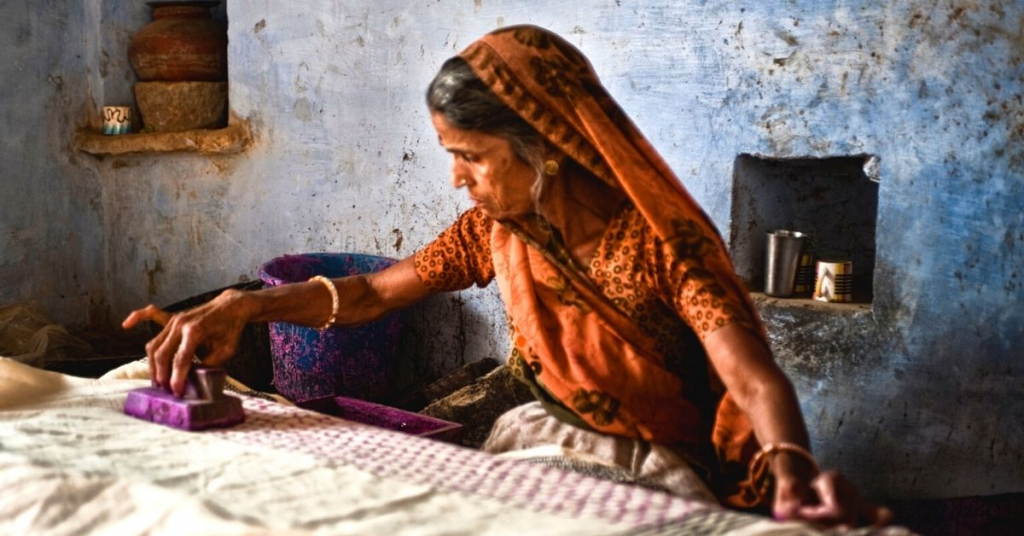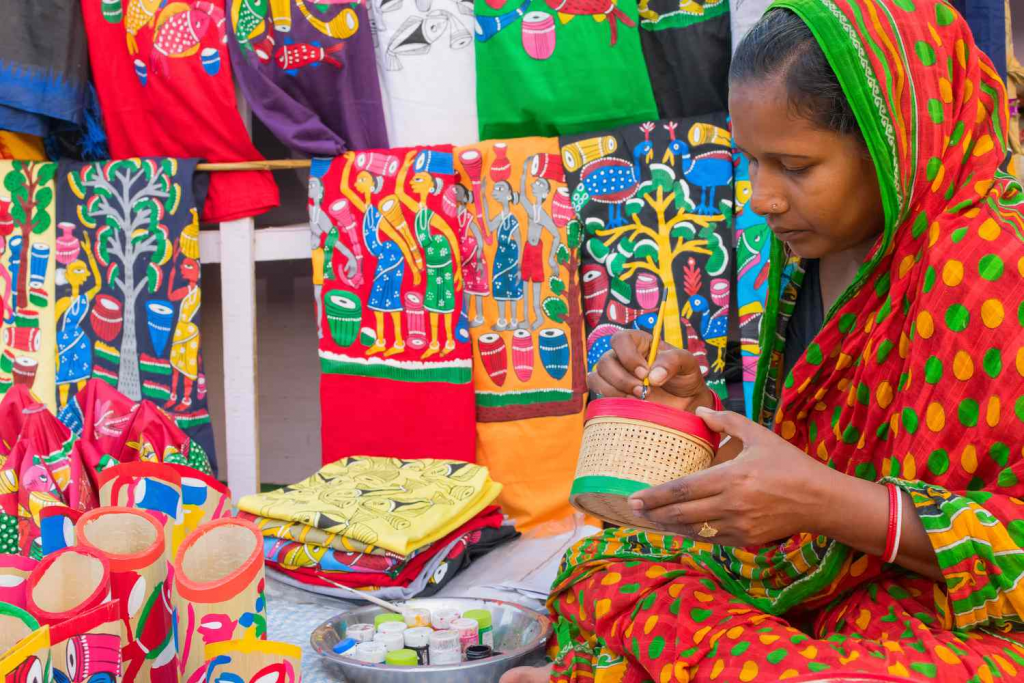Craft has always been a living language of culture, tradition, and identity. In the modern design landscape, it holds immense potential to shape more conscious, sustainable, and meaningful futures. Yet, engaging with craft in today’s context comes with its own set of challenges. In our recent DCLS session, led by Pratima Pandey, an award-winning fashion designer known for her work in sustainable fashion and craft, the discussion unfolded around the struggles and possibilities of craft in contemporary contexts, and why design leadership must embrace both with sensitivity.
Barriers and Breakthroughs in Craft for Contemporary Design
1. Boxed Identities of Craft
Craft is often boxed into narrow definitions—seen as rural, decorative, or outdated. This limits its scope in contemporary design and prevents it from being perceived as a versatile and evolving practice.

For example, a handwoven textile may be wrongly dismissed as only suitable for ethnic wear, when in fact it can be adapted for interiors, luxury fashion, or even technology-driven applications. Pratima emphasized that breaking these stereotypes requires positioning craft as contemporary and relevant, not just traditional.
2. The Rush of Fast Fashion
The modern fashion industry thrives on rapid cycles, while craft is rooted in slowness, patience, and time. This mismatch creates tension between consumer expectations and the rhythm of handmade processes. For example, while fast fashion brands release collections every few weeks, a hand-embroidered garment may take months to create.

Pratima pointed out that instead of competing with speed, craft should embrace its slowness as a strength. Slowness can be reframed as exclusivity. The hours, care, and artistry behind handcrafted work make it inherently luxurious and unique. Handmade, handwoven crafts carry value that cannot be replicated by machines.
3. Unrecorded Legacies
Many of India’s 3,000+ crafts remain undocumented, leading to the loss of knowledge when practices fade away. Without systematic archiving, the survival of rare techniques remains uncertain. For example, certain weaving methods or dyeing techniques exist only in the memory of elder artisans, at risk of disappearing with them.

From QR codes that trace origins to AI for documenting techniques, technology can enhance transparency, preserve traditions, and reach new audiences. For instance, a consumer can now scan a code on a handwoven shawl and learn about the artisan who made it. Pratima suggested that when used thoughtfully, technology becomes a partner in safeguarding and amplifying craft.
4. Quick Fix Consumerism
In a world conditioned for instant gratification, consumers often find it difficult to value the time, skill, and effort that go into handcrafted products. For instance, a shopper may question the higher price of a handmade silver bangle compared to a mass-produced one, overlooking the craftsmanship and labour behind it.

Every craft carries a story—of place, people, and memory. Storytelling can connect consumers to these narratives, creating emotional value beyond the object itself. For example, a block-printed textile becomes more meaningful when the buyer knows the history of the motifs and the artisan community behind it. Pratima underlined that designers must become storytellers, translating these cultural memories into modern contexts. She also highlighted, design leadership must educate consumers by creating awareness of the process, thus transforming impatience into appreciation.
5. Economic Insecurity
Artisan`s struggle with fair wages, irregular demand, and lack of recognition, often discouraging younger generations from continuing these traditions. A master weaver may earn less than a factory worker, making the profession unsustainable.

When crafts engage with artists, architects, scientists, and contemporary designers, they evolve into new formats, gaining relevance while retaining authenticity. Pratima noted that such collaborations infuse freshness into craft while keeping its roots intact. Real leadership means building fair and collaborative systems that secure artisans’ livelihoods and dignity.
At ARCH, we believe that design is not only about aesthetics, but also about leadership, responsibility, and vision. Our approach empowers students to become changemakers who can bridge the gap between tradition and modernity. We teach our students to lead industries with empathy, to co-create with craft communities, and to celebrate Indian identity on a global stage. Through hands-on learning, community engagement, and exposure to global best practices, we prepare aspiring designers to incorporate sustainability and cultural responsibility into their work. At ARCH, design is leadership in action, rooted in values that empower people and shape futures.
If you are an aspiring designer who wishes to lead with creativity, empathy, and impact, join us at ARCH College of Design & Business and become part of a movement where craft and design thrive together.
